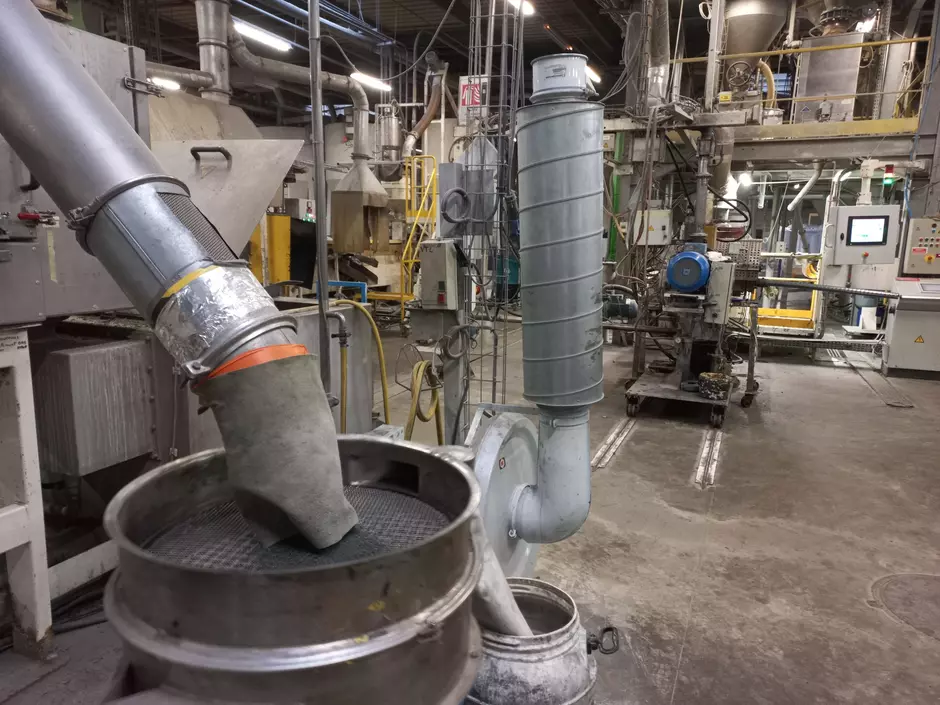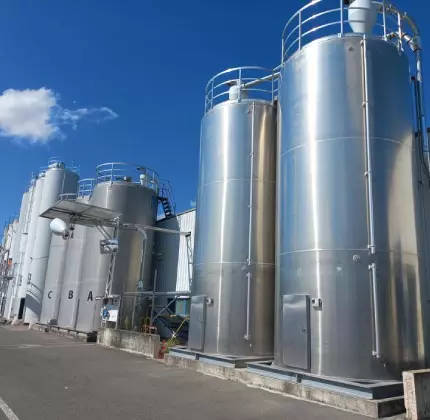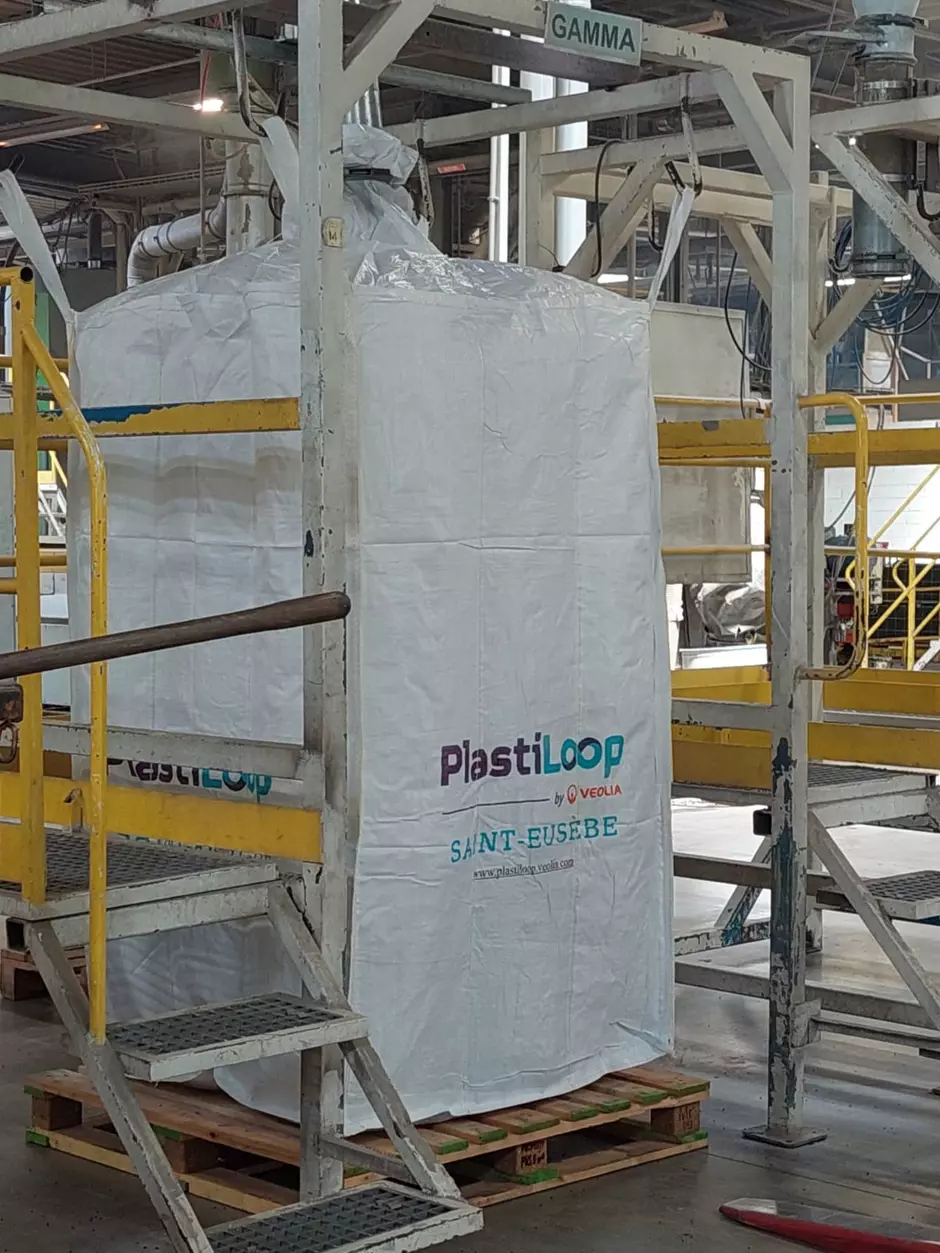From used plastic to recycled plastic material intended for new products, there is only one step (almost) that Veolia's plastic recycling site PlastiLoop Saint-Eusèbe (France, Saône-et-Loire-department) has taken.
It swallows tons of material each day.
Outside, plastics already sorted and ready to be transformed, polypropylene (PP) and high density polyethylene (HDPE) packaged in big bags, await processing.
Next to it, other plastic parts from automobiles or garden furniture. And flower pots collected by Veolia partner Botanic. The garden center network supplies approximately 20 tonnes per year to recreate containers in recycled plastic. Thus precisely going the full circle.
The idea is not new. We owe it to Plastic Omnium which, in 1999, wanted to recycle bumpers and bin containers to supply its factories. In 2003, the automotive supplier had created, with the recycler Derichebourg, a joint venture, bought by Veolia in 2018.
We guarantee the traceability of the material until delivery to the customer.
David Faure, Director of PlastiLoop Saint-Eusèbe

It operates five days a week, with 18 employees divided into three teams, but only uses 75% of its production capacity, estimated at 15,000 tonnes of pellets per year.
The complexe process can be summarised, and thus simplified, in the following steps:
STEP 1
Unshaped material (20% of supplies of the site) first passes through the shredder. The parts of plastic come out of a machine equipped with a detector of metals measuring only 10 cm in length maximum.
STEP 2
Once cut, the waste feeds the plant’s crusher.
STEP 3
A first grinding is carried out, before a final step to detect the presence of possible metal residues.
STEP 4
A very powerful fan then pushes the materials towards a decantation tank in order to undergo separation by flotation.

STEP 5
Forklift drivers transport these bags and empty their contents into the hoppers.
STEP 6
After passing through a homogenization silo, the material is evacuated through a network of pipes to a silo for storage.
STEP 7
Next comes the formulation, to meet the requirements of customers in terms of properties and quality. The plastics material reach the extrusion lines, where additives are added (dyes, talc, antioxidants). This phase includes a heating tunnel equipped with a screw to soften the material, then cut it and cool it, before releasing the pellets. We carry out pre-filtration (1.5 mm in diameter), then automatic filtration.
STEP 8
The small colored balls return to their storage silo while waiting to be put in big bags or in tank trucks.

We collect the floating plastics which are dried, then stored in big bags.
David Faure

Production can reach 1.5 to 1.8 tons per hour
At each stage, samples are checked in the laboratory. Operators introduce handfuls of granules into spectrometers, into machines to measure colorimetry or resistance, into an oven to determine the mineral charge rate, etc.
After this treatment, the granules will go back to manufacturers to produce new bumpers or bin containers.
Veolia has notably established a partnership with the automotive supplier Forvia.
This circular operating model is not isolated. The Saint-Eusèbe factory is part of the global Plastiloop network (37 factories, including three in France) created by Veolia to produce quality recycled material.
Disclaimer: Article adapted from French language article written by #OLIVIERCOGNASSE for Usine Nouvelle, Nov 2023

